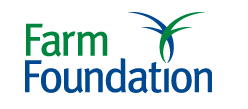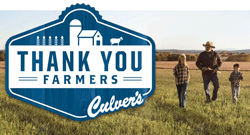 Culvers is grateful to farmers so their showing their support. So eat a butter burger and support FFA!
Culvers is grateful to farmers so their showing their support. So eat a butter burger and support FFA!
Culver’s has depended on family farms since opening its first restaurant in 1984. From the cattle ranches of the Great Plains to the dairy farms of Wisconsin, Culver’s remains committed to sourcing the finest ingredients America’s family growers have to offer. And now, through “Thank You, Farmers,” the restaurant’s partnership with farmers across the country, Culver’s turns its gratitude into full-fledged support of today’s farm families, while helping ensure the future of the next generation of farmers, biologists, chemists, veterinarians, engineers and entrepreneurs.
“Thank You, Farmers” kicks off July 1 with increased education around farmers and where our food comes from, as well as opportunities to provide monetary support to future farmers. Participating Culver’s restaurants across the nation will pledge their support to farm families through percent of sales nights, a Scoopie Token and guest donation program and event sponsorships — all benefitting local chapters of the National FFA Organization.
Culver’s restaurants will partner with guests to raise funds through percent of sales and other sponsorship events. There will also be an opportunity for young guests to contribute. Kids who receive Scoopie Tokens intended for frozen custard or toys can be turned back in as a donation to local FFA chapters. “This is a great opportunity for parents to show that giving back is important and it feels good,” adds Culver.
Culver’s will also be rolling out nationwide efforts including an online donation campaign on the Culvers.com homepage, as well as a Facebook promotion that will launch on July 15. The Facebook promotion will allow fans to write a brief thank you note to a farmer — with each thank you note resulting in a $1 donation made to the National FFA Organization on behalf of Culver’s (up to $50,000).

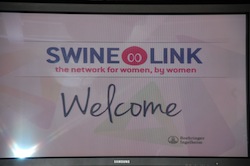
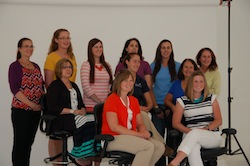
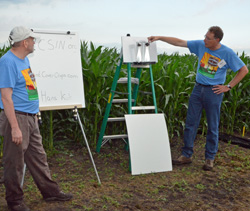

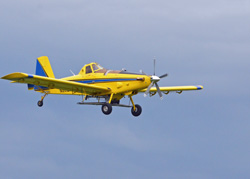
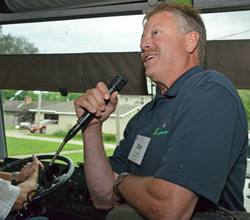
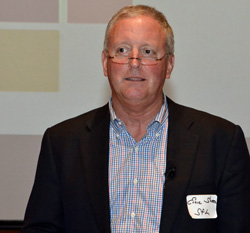
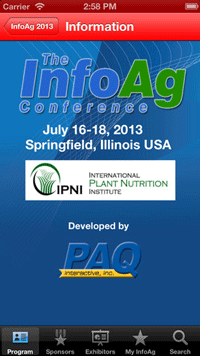

 Precision farming tools are designed to simplify things for growers, and yet the terminology used in precision farming isn’t always so simple. But have no fear. The following definitions will guide you through the mysterious twists and terms found in the world of GPS (Psst … that stands for Global Positioning System).
Precision farming tools are designed to simplify things for growers, and yet the terminology used in precision farming isn’t always so simple. But have no fear. The following definitions will guide you through the mysterious twists and terms found in the world of GPS (Psst … that stands for Global Positioning System).